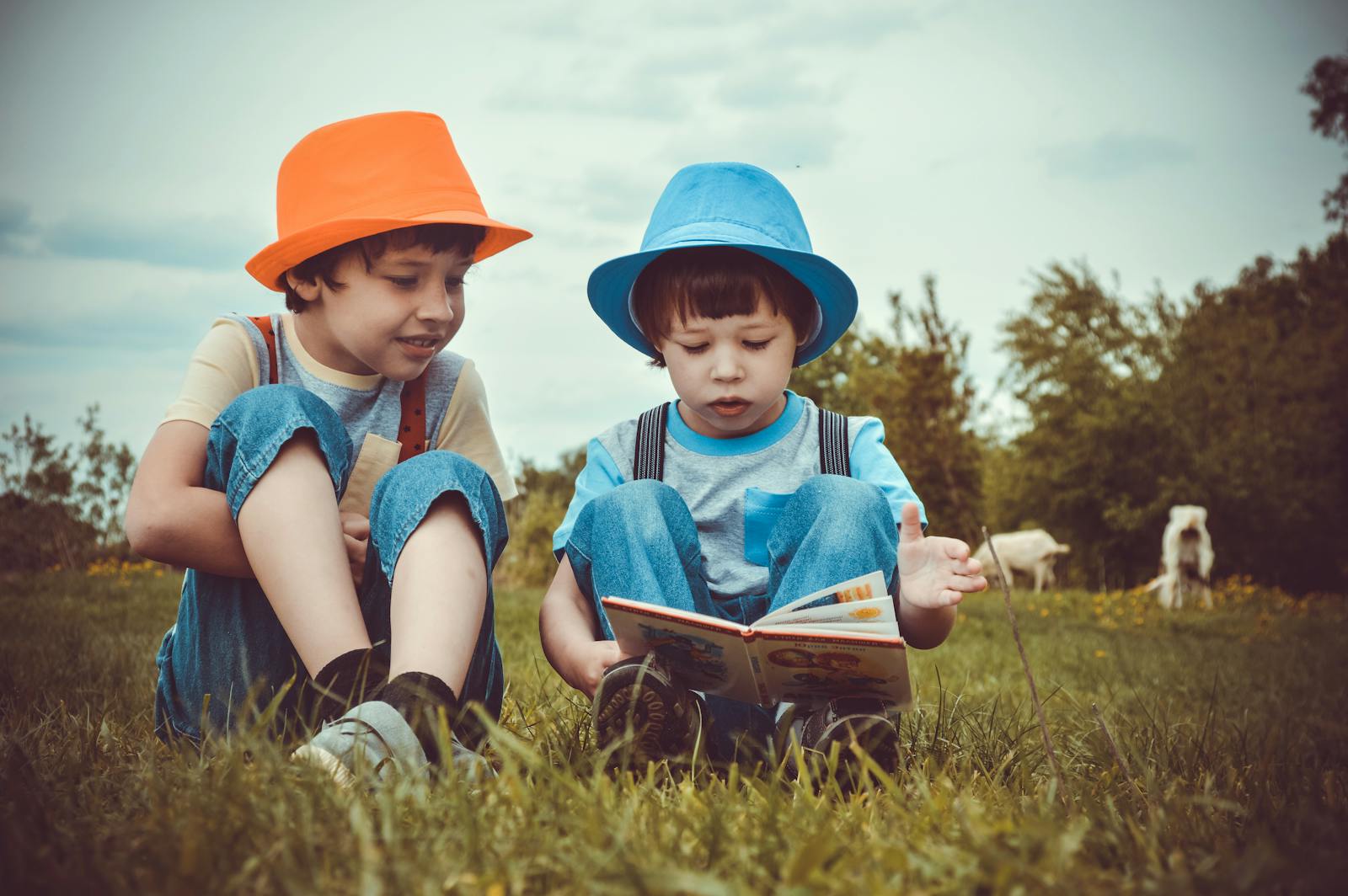Parents naturally want to shield their children from harm, but when caution becomes excessive, it can quickly turn playtime into a source of frustration. Psychologist Rosana Tenório, who runs a company specializing in child recreation, warns that too much parental control can lead to boredom, bad moods, laziness, and even social difficulties in children.
The Value of Calculated Risks
“Children need to feel free, walk barefoot, and experiment with a bit of risk—it even helps them develop a sense of responsibility,” Tenório explains. She emphasizes that risk doesn’t mean exposing children to real danger. Instead, it refers to opportunities for children to make decisions and experience the consequences safely. Overly restrictive rules can turn every activity into a subtle conflict, stripping away the joy that is central to play.
Of course, there are moments when a firm “no” is necessary. Such boundaries protect health and safety, but overusing them can trigger tantrums or unnecessary distress. Experts suggest parents communicate concerns clearly, using negation sparingly to avoid turning playtime into a battleground.
Common Misconceptions About Play and Health
Walking Barefoot on Dirt
The risk of parasitic infections exists but is context-dependent. In well-maintained backyards or rural properties, the danger is minimal. Problems arise mainly in areas with open sewage or roaming animals, where accumulated waste can harbor pathogens. Bare feet around puddles, however, should be avoided. Pediatrician Celina da Cunha notes, “There’s no proof that walking barefoot causes colds or flu, despite some parental beliefs.”
Going Shirtless
The idea that children catch colds from being shirtless is a myth. Respiratory infections are viral, not caused by exposure. The real risk comes from the body’s reaction to temperature differences. If a child is cold and must expend energy to warm up, immunity can be temporarily compromised. “But simply going without a shirt does not cause illness,” da Cunha stresses.
Wearing Wet Clothes
Leaving damp clothing on can strain the body’s energy as it works to maintain warmth. This can lead to throat irritation or sneezing. The solution is straightforward: change wet garments promptly or allow the child to remain shirtless if the weather is warm. Early intervention keeps minor discomfort from turning into a lingering problem.
Swimming After Eating
Digestion is a complex process, and vigorous activity immediately after meals can trigger nausea, vomiting, or stomach pain. Children should wait roughly an hour before running or swimming, though light activities, such as talking or resting, are safe. “Sitting at the table or taking a nap can entertain the child without interfering with digestion,” da Cunha advises.
Drinking Rainwater
Whether rainwater is safe depends on the environment. In large cities, rain can carry pollutants and toxic gases, which may irritate the respiratory system or trigger allergies. In cleaner areas, however, rainwater poses no significant health risk and can safely quench thirst.
Jumping in Puddles
Puddles are breeding grounds for microorganisms, including those causing skin allergies. Even seemingly clean water can harbor bacteria or fungi. Children should generally avoid puddles, particularly in areas prone to contamination, to prevent skin irritation.
Striking the Right Balance
The key takeaway is that children benefit from freedom and mild challenges that let them learn responsibility, manage risk, and enjoy their playtime. Parents do not need to remove all hazards or micromanage every moment. Setting clear boundaries while permitting safe experimentation fosters resilience, social skills, and physical well-being. Play loses its value if every step and decision is controlled by adults, but calculated freedom helps children develop judgment, self-confidence, and a healthy respect for limits. By understanding which dangers are real and which are myths, parents can allow their children to explore the world safely, keeping both fun and safety in perspective.




